|
DynaVibe has a long association with aviation as an affordable system for dynamically balancing propellers. The principles of balancing, however, apply not just to propellers, but any device that spins. The Alaska Department of Transportation is using a DynaVibe Classic system to keep brush cutting and snow removal equipment operating at peak efficiency. The idea to use DynaVibe came from an employee in one of the shops who was an A&P mechanic and had experience using the system to balance propellers and rotors. Aware of DynaVibe’s ability to achieve precision when balancing, he started using the system to balance a brush cutter that had a rotating head. When Lon Needles, shop foreman of the Transportation Department's State Equipment Fleet, heard about this, he asked this employee to come and demonstrate how it is done. “This equipment will hit rocks and things and get out of balance, and it will shake the guys out of the cab,” said Needles. The balancing demonstration was enough to convince him that they too needed a DynaVibe to balance the brush cutters in their shop. Once the DynaVibe was in their possession, Needles began to wonder what other equipment they could balance with it. “We have our snow blowers here,” continued Needles. “Valdez averages 300 inches of snow a year; Thompson Pass, just up the road a little bit, gets 700 inches per year, so we use the heck out of our snow blowers. If they hit a rock or something, it can mess them up, so we balance the spinning rotor in there with DynaVibe too.” The impellers in these machines are heavy, perhaps weighing as much as a ton. “When they get out of whack, I’ve seen them sit there and bounce the whole head off the ground.” Needles shares an experience about a brush cutter that was so out of balance that “it would literally shake the coffee out of the operator’s coffee cup.” After balancing this equipment, “you could barely see a ripple with it running wide open.” The value of keeping these machines in balance is less wear-and-tear – for both the machine and the operators. “When a machine is not sitting there vibrating, it’s smooth; it takes the fatigue away from the operator, and while I can’t prove it, I think it takes the metal fatigue away from the machine. Nuts and bolts aren’t trying to come apart. It’s noticeable.”
By spending the time to balance, Needles and his team are able to eliminate virtually all the vibration from the spinning components of their machinery. The snow blowers are balanced about once a year; the brush cutters about twice per year or as needed. It takes about an hour to balance a machine. “Anything that spins, we seem to be able to balance it,” Needles concludes. For a free, no-obligation consult with us about your balancing application, enter your email address below. Stillwater Aircraft Services recently began using a DynaVibe GX2 to provide dynamic propeller balancing and vibration survey services. Brian Smith, owner of this service center, is using DynaVibe to bring new work in while serving his existing clients better. One of Brian’s initial successes with DynaVibe came with a client who flies a Beechcraft Super Musketeer with a 200 horsepower engine and a constant speed prop. This airplane had a known vibration problem, but it had never been addressed. The propeller was last statically balanced in 2000.
The initial propeller-balancing run revealed a severe vibration of 1.5 Inches Per Second (IPS). This was well above the FAA specified maximum limit for propeller vibration of 1.2 IPS which requires that the prop be removed and statically balanced prior to dynamic balancing on the aircraft. Even following standard dynamic balancing procedures, Brian could at best reduce the vibration by about half. It was much better than the starting level of vibration, but still severely out of balance. Brian pulled the prop off the airplane and took it to a prop shop to have it inspected, where he was surprised to learn that during the last static balancing 15 years ago, the weight had been added to the wrong blade. “When they put the prop on the balancing stand, one blade immediately fell to the floor,” said Smith. It’s unfortunate, but once in a great while, the weights are applied to the wrong blade in the static balancing process, and that was the reason this Musketeer had experienced a vibration problem for 15 years. After having the prop statically balanced, Brian remounted it on the Musketeer and checked the balance again using his DynaVibe system. The static balancing had reduced the prop vibration to about .67 IPS. Brian used the automatic weight solution calculated by the DynaVibe GX2 and almost completely eliminated the vibration, getting it down to .04 IPS. The owner’s feedback was that his Musketeer felt like a totally new airplane! Brian sees multiple benefits to offering dynamic prop balancing services with DynaVibe. “It will help pull more business in, I’ll get more work off of it, but the customer gets something too – a measurable difference in the performance of their airplane.” In addition to propeller balancing, Brian sees the advantage of the vibration survey capability that the DynaVibe GX2 provides: the ability to identify the type and source of a more complex vibration. “I can see a half-per vibration using the DynaVibe, and know that it’s caused by a combustion problem. That information eliminates other vibration sources and narrows it down to the specific problem I need to address. That’s a home run. When servicing an airplane, I don’t need to go down as many rabbit trails.” Several teams using DynaVibe to get peak performance Qualifying for the National Championship Air Races in Reno, Nevada began this week, and DynaVibe is part of the strategy to win for teams in three of the six classes. Vito Wypraechtiger flying the Scarlet Screamer is currently the second-fastest qualifier in the Formula One class. In the Biplane class, Tom Aberle flying the Phantom set a new world record of 284.454 mph, breaking the previous record of 274.091 mph set in 2014. Steve Hinton flying Voodoo, a modified P-51D Mustang and the 2014 Unlimited gold champion at Reno, is currently the top qualifier in the Unlimited class. “The DynaVibe helped us win the national championship air race in Reno,” said Bob Button, owner of Voodoo Air Racing speaking about the 2014 win. Each of these racing teams is using DynaVibe to help their aircraft achieve peak performance. By dynamically balancing the propeller assembly, owners can recapture RPMs lost due to vibration. Testimonials from DynaVibe users speak to gaining RPMs on the top end after dynamically balancing their props.
Vibration uses horsepower, so when a vibration is eliminated, that horsepower can work to move the airplane faster instead of shaking it. Consider this scenario: a vibration that was costing 2 percent of the engine's horsepower to shake the airplane is recaptured through the balancing process. To put this into perspective, it is roughly the equivalent of hooking up a lawn mower engine to the crankshaft to do nothing more than shake the airplane! A prop imbalance can direct a significant amount of energy into the crankshaft bearings and the rest of the airplane. After balancing, that horsepower is no longer "lost" due to vibration, but available to help win races. In the air racing world, 2 percent can be the margin between winning and losing. The benefits of a dynamically balanced prop assembly are not limited to racing aircraft. Any airplane can experience smoother, safer flying with less wear on the airframe, engine and instruments by balancing the propeller. To keep up with the action in Reno, visit the race reports website. To learn about using DynaVibe to dynamically balance propellers and analyze other vibration sources, enter your email address below, visit the RPX Technologies website, or call: 405.896.0026. The RPX Technologies team recently had the opportunity to use the DynaVibe GX2 system to balance an Antonov 2 - "Annie" - the world's largest biplane. Our latest video shares our experience with the AN-2, showing how the dynamic propeller balancing process works. To learn more about DynaVibe, dynamic prop balancing or vibration analysis, enter your email below:
DynaVibe Balances the World’s Fastest Four-Cylinder Airplane Editor’s Note: Special thanks to Craig Catto, founder of Catto Propellers, for providing key input and photographs for this story. The Anequim Project, a group of students and professors from Brazil's Universidade Federal de Minas Gerais (UFMG), has built and flown the world’s fastest four-cylinder airplane. Anequim comes from the Brazilian name for the shortfin Mako, the fastest shark in the seas, a fitting namesake for the airplane that gobbled up title to five world records during recent flights in August: multiple speed records over various distances as well as a new fastest time-to-climb record. Here are the world records the Anequim Project now owns: 1. Speed over 3 km with restricted altitude
2. Speed over 15 km
3. Speed over 100 km closed course
4. Speed over 500 km closed course
5. Time to climb up to 3,000 meters
Powering Anequim is a four-cylinder Lycoming IO-360 modified by Sky Dynamics, connected to a custom propeller built by legendary prop designer Craig Catto, whose propellers have helped set numerous world records. Craig has used the DynaVibe Classic propeller balancing system for several years. At Airventure 2015 in Oshkosh, Craig connected with RPX Technologies co-founder and engineer Matthew Dock, who explained the benefits of the second-generation DynaVibe GX2. “I thought this would be the perfect time to upgrade to the GX2 unit with the upcoming Anequim world record speed and time to climb record attempts in Brazil,” said Catto. “I was able to acquire one of the new GX2 units the week before leaving to support the Anequim Team on their record attempts.” Catto and his team made a total of 8 propellers for the Anequim Project. Prior to balancing the Anequim, the pilot reported that the engine propeller systems were operating smoothly. “We really did not know how ‘smooth’ was smooth,” said Catto. “So we performed a simple propeller vibration analysis and found that we could improve the balance by simply removing one of the mass balance washers that was attached to the fly wheel. We removed one An970-3 washer and brought the balance into the ‘excellent’ range. We felt this was important especially on the 500km record attempt, where the 11/1 compression electronic ignition engine built by Sky Dynamics was going to be operating at full throttle for what would be right at one hour.” Catto was pleased with how easy it was to dynamically balance Anequim’s propeller, removing it as a vibration source so that any other change in engine circumstances during the record attempts would become more evident to the pilot. “The new GX2 will not only perform a simple propeller dynamic balance, but even a full spectrum vibration analysis. With the new unit, Catto Propellers can now perform these services for its customers and others at the facility at KJAQ. We are happy to say that DynaVibe was a part of our wonderful experience taking part of the world records set by the Anequim Team.”
DynaVibe can help your airplane achieve record-setting performance too! To learn how, enter your email address below or contact RPX Technologies at: 405.896.0026. Dynamic Prop Balancing Delivers Smoother Flying. Background Vic Syracuse owns and operates Base Leg Aviation out of Mallards Landing Airport (GA04) in Locust Grove, Georgia. Base Leg Aviation serves the sport aviation community, providing DAR Services in a seven-state area, avionics and instrument panel service, inspections, test flights, ferry flights and other services. Vic has over 38 years of aviation experience, and he has built 10 award-winning aircraft. An EAA Technical Counselor, he also writes the monthly “Checkpoints” column for Kitplanes Magazine. With over 8,000 hours of total time, Vic has a wealth of experience and wisdom to offer his customers.
Dynamic Prop Balancing Vic purchased a DynaVibe prop balancing system at the Sun ‘n Fun fly-in in April, 2015. He initially offered dynamic propeller balancing as an adjunct to other services, but balancing work is getting more regular as word gets out. “I have flown many different airplanes and can really tell a difference in balanced props. There appears to be less cracking around baffles and engine compartment accessories, and passengers and myself seem less fatigued after a flight.” The DynaVibe purchase followed a demonstration at the fly-in, where Vic saw a DynaVibe representative show how easy the system is to use. “They were very helpful at the show, carefully answering questions, and making us feel comfortable with the product and support.” Vic’s customers feel the difference that results from dynamically balancing their props: “On almost all of the airplanes I have done we have started somewhere around .29 IPS (Inches per Second) and ended up around .06 or less. It is very noticeable to the owner.” To learn more about how DynaVibe can help you offer dynamic prop balancing services, contact RPX Technologies by entering your email address below, or simply call: 405.896.0026. DynaVibe Helps Make Aviation History On the eve of World War II, Ettore Bugatti – the legendary sports car designer – was busy trying to build an airplane. And what a plane it was: a technological marvel in art deco; the most elegant aircraft that would ever grace the skies. Except, it never flew. Bugatti built just one of his visionary airplanes in 1939, designated the 100P, but it remained grounded with plans to fly it scrubbed because of the war. Spirited away to a hiding place to avoid being seized by the Nazis, it remained in mothballs even decades after the war. Today the restored but not airworthy 100P resides in the AirVenture Museum in Oshkosh, Wisconsin. Enter Scotty Wilson, whose aviation career spans five decades and nearly 11,000 hours in aircraft ranging from Cubs to F-16s. He is also a certified aircraft mechanic who had a vision to build and fly a replica of the 100P. In 2013, Wilson led a team that funded the “RÊVE BLEU” (Blue Dream) project via Kickstarter. The dream became reality on August 19, 2015 when aviation history was made as the Blue Dream took its maiden flight. The Bugatti 100P was – and is – an extraordinary airplane with an innovative, timeless design. Originally designed to fly at a top speed approaching 500 MPH, the 100P is driven by two engines located behind the cockpit, connected via drive shafts and gearboxes to two, contra-rotating propellers. The 100P’s unique, complex power plant and propeller assemblies intensified the need to balance the propellers. RPX Technologies, the makers of the DynaVibe propeller balancing system, has been in dialogue with Scotty Wilson and the Bugatti team for a few years, reviewing the potential vibration problems of such a unique airplane. The range of possible issues with the 100P included torsional vibration, resonance and contra-rotating prop interactions not typically seen on most aircraft. When the Blue Dream team had the Bugatti ready to run the engines leading up to the first flight, RPX met Scotty to balance the 100P’s props. Matt Dock, RPX co-founder and engineer, used the DynaVibe GX2 to perform this task, setting up the DynaVibe accelerometer on the propeller gear box, as close to the props as possible. The photo tachometer was mounted on the outside of the fuselage as pictured. With this configuration of the DynaVibe accelerometer and phototach, it was easy to setup the DynaVibe GX2 for a non-typical installation by using the display and arrow keys to position the location of the accelerometer, phototach, propeller blades, and direction of rotation. Even with the odd angles of the phototach and accelerometer, the GX2 was able to compensate for the atypical setup and provide a great balance in minimal runs. Before starting the balancing run, Matt did an initial spectrum analysis to determine what possible vibrations might exist in the 100P. The DynaVibe GX2 (pictured below) revealed vibration only in the prop spectra, so Scotty and Matt proceeded to dynamically balance the 100P’s propellers. Matt and Scotty first turned their attention to the prop that rotates counter-clockwise. The initial vibration measured was significant, at 0.37 Inches per Second (IPS). Even though the 100P’s props are relatively small, the fiberglass spinner is fairly large, and custom made and therefore a likely cause of propeller assembly imbalance. During the first balancing run, the DynaVibe GX2 provided an exact solution for how much weight to add and where to add it. After three runs total, the counter-clockwise prop was balanced and Scotty observed that the annoying vibration in the panel was gone! The clockwise rotating prop was addressed next by setting the DynaVibe GX2 up for a new balancing job. This prop was initially smoother than the counter-clockwise prop, exhibiting a vibration of .19 IPS, and after three runs Scotty and Matt easily got the vibration down to just 0.06 IPS. With the props in balance, Scotty and Matt used the DynaVibe to check the vibration from the long drive shafts in the airframe. The Bugatti uses a pair of Hayabusa engines driving automotive style drive shafts with u-joint connections in multiple locations. U-joints typically generate a torsional vibration at twice per revolution speed. Bearing vibration was also examined, providing the Bugatti team with valuable, preventative benchmark data about these critical components. On August 19th, with balanced props, the Bugatti 100P – the Blue Dream – finally took the air for its historic, first flight. RPX will continue to work with the Bugatti group to help with any issues in the future. Watch the exciting video of the first flight of the Bugatti 100P: DynaVibe balanced the Bugatti and can balance your airplane too! Enter your email below to learn how:
Background Paul Armstrong is the founder and owner of Skywest Aviation, an aircraft sales and maintenance company that operates out of Midland, Texas, at KMAF Airport. Skywest began operations in February 2014 and has already grown to 14 employees. “We’re aircraft mechanics – if it comes in the door, we work on it,” states Armstrong, who is also a commercial pilot, and an integral part of the flying community. Skywest works on aircraft ranging from Cessna 150s up to King Airs, Citations and Commanders. In addition, it also services Embraers through its contract with Mesa Airlines. Dynamic Balancing: SOP Armstrong is an advocate of dynamic prop balancing, a practice he learned early in his aviation career when the company he worked for sent him out to small fields that didn’t have maintenance shops. He would arrive to find owners lined up, waiting to have their props balanced. Today, Armstrong uses a DynaVibe GX2 to dynamically balance props that come through Skywest Aviation. “We always require a dynamic balance when we install a propeller,” says Armstrong. “When I do a prop overhaul, or remove and reinstall a prop, we do a dynamic balance on the prop or both props, depending on what we’re working on. It seems to be a pretty good calling card for us.” Balancing & Vibration Analysis The DynaVibe GX2 is more than just a dynamic propeller balancing solution – it also does full spectrum vibration analysis, a capability that Skywest takes full advantage of. “It’s a really good piece of equipment,” Armstrong continues. “I have used these things and found alternator problems, broken brackets. That’s one reason I sell the tool. Just because there’s a vibration doesn’t mean it’s the prop. We can find a weak cylinder – it will show up at the ½ per.” DynaVibe Economics
Armstrong had previously used another vendor’s prop balancer, so when he decided to purchase a balancing system for Skywest, he was of the mind to purchase the one he was familiar with from past usage. “The cost was so prohibitive, and I couldn’t get these people to call me back,” notes Armstrong. “I was in a real rush because I had two prop overhauls I had just done, and I was trying to contract a local prop shop to do the balance. What I was charged for that was through the roof, $400 a side. That’s when I went ahead with the purchase of the DynaVibe system.” Balancing = Profits Since purchasing his DynaVibe GX2 in October 2014, Armstrong estimates that Skywest has done between 15 and 20 balancing jobs. While Skywest does dynamic balancing as a service, most balancing jobs are part of his overhaul package. Including balancing in this package creates value for Skywest customers and profit for Armstrong. “There is definitely hidden profit from balancing work that can’t directly be accounted for,” states Armstrong. “That machine has absolutely paid for itself. It also gives us a little bit of status, because there is only one other shop in the area – a prop shop – that has this capability. Now that we have this capability, it makes us more competitive.” Summary The DynaVibe GX2 is helping Skywest deliver the highest quality maintenance services to its clients. “It’s a very good preventative maintenance tool, and it’s a good troubleshooting tool,” Armstrong concludes. You can pick up other problems. It’s good for more than just prop balancing. If a shop uses it, it can bring them other work.” DynaVibe Benefits for Skywest Aviation
Contact RPX Technologies to learn how your service center can benefit from DynaVibe: [email protected] or 405.896.0026. Background Ascutney Air is a shop that provides a variety of general aviation repair services. In 2014, Ascutney purchased a DynaVibe so that it could offer dynamic propeller balancing as a service to its clients. Ascutney owner Steve Keen is an EAA tech counselor, and also flies a Cessna 172. Some time ago, he noticed that his 172 had a fairly severe vibration on landing and rollout that was getting progressively worse. The left wheel was the vibration source, so Steve tore it down but found no problems other than an out of balance tire. He balanced the tire with a cone-type static balancer, but he could not achieve good balance when the tire was mounted on the wheel assembly. Understanding that his new DynaVibe can balance anything that spins, he set the system up on the problem wheel and balanced it, sharing that, “It worked really well!” Steve’s experience with his 172 caused him to realize there was a business opportunity to dynamically balance airplane tires: “Out of balance tires can beat an airplane up. Tires aren’t always perfect, and static balancing may or may not work.” Just like prop balancing, Steve understood that the best way to balance a tire is when it is mounted to the wheel assembly on the airplane, and it is spinning at takeoff or landing speed. So he built a tire-spinning device to get the wheel turning at the proper speed and he now uses the spinner and DynaVibe to balance airplane tires. Outcome
The experience Ascutney Air has had balancing airplane wheels with DynaVibe has been good for the airplane owners and the pilots the shop serves. Balanced tires add a new level of safety. Out-of-balance tires can cause torque links to wear, or affect braking action: “Many pilots think vibration or rumbling noises are due to bad runways. They don't know that tire balance is the cause.” For example, one pilot came to Ascutney Air reporting a vibration on landing. Using the DynaVibe, Steve was able to get the tires on this pilot’s airplane perfectly balanced, and the vibration went away. Steve credits the dynamic balancing process with generating these positive outcomes, because the process balances the entire wheel assembly, mounted on the airplane, while turning at takeoff or landing speed: “Dynamic balancing equals certainty.” For Ascutney Air, dynamic wheel balancing with DynaVibe has created a new revenue stream for the shop. Testing to see if wheels are out of balance is easy using the wheel spinner Steve fabricated to do the balance test when the wheel is on a jack. If the wheel is out-of-balance, he hooks up DynaVibe to balance it. Ascutney Air continues to balance propellers, and as far as balancing tires, “It’s just like doing a propeller,” concludes Steve. “DynaVibe has paid for itself more through tire balancing than prop balancing. Balanced tires make flying a little easier. There’s a huge benefit to taking off and landing with smooth tires, such as better braking.” Shops interested in building a spinner for balancing airplane tires can purchase the plans and parts list by contacting Steve: [email protected]. To learn more about DynaVibe or purchase one for dynamic prop or tire balancing, contact the RPX Technologies team: 405.896.0026 or [email protected]. Background Aircorps Aviation, specializing in the restoration, maintenance, and rebuilding of vintage WWII aircraft, recently purchased a DynaVibe GX2 to perform dynamic prop balancing and vibration analysis on the warbirds that come through its shop. RPX Technologies co-founder Matthew Dock visited Aircorps Aviation to demonstrate how the DynaVibe GX2 works. During the visit, Bruce Olson’s T-6 was analyzed and balanced with the DynaVibe system. The initial reading revealed a propeller vibration of 0.45 Inches Per Second (IPS), indicating a prop imbalance. Making some adjustments over the course of a few runs, the vibration was reduced to 0.06 IPS, reducing stress on the airplane and providing a smoother ride. Outcome The T-6 owner, Bruce Olson, found the DynaVibe GX2 demonstration interesting beyond just the dynamic prop balancing that was done. “It made it clear to me that there are certain, other areas of that airplane that showed no vibration whatsoever. It gives me an awful lot of confidence that the engine is in good shape. Now we have a baseline for the engine, so if we come back next year and put it on the test stand, and something changes, we’ll know that there’s something going on in the engine.”
The preventative maintenance value of the DynaVibe GX2 analysis was not lost on Olson: “After having a baseline and basically finding out if there is anything wrong with my airplane, it’s like having a full physical of your own body. You now feel comfortable that everything’s okay, and there’s nothing I have to worry about… it lets us see if there’s anything going on inside that airplane that you could catch well in advance of a failure.” Olson summarized the experience of having his T-6 dynamically balanced and getting a full-spectrum vibration analysis: “I’m very happy with what the guys did, it’s better than it was before.” To learn more about DynaVibe and how to dynamically balance your prop, use the form below and enter your email address, visit the RPX Technologies online store or contact us directly: 405.896.0026 or [email protected]. |

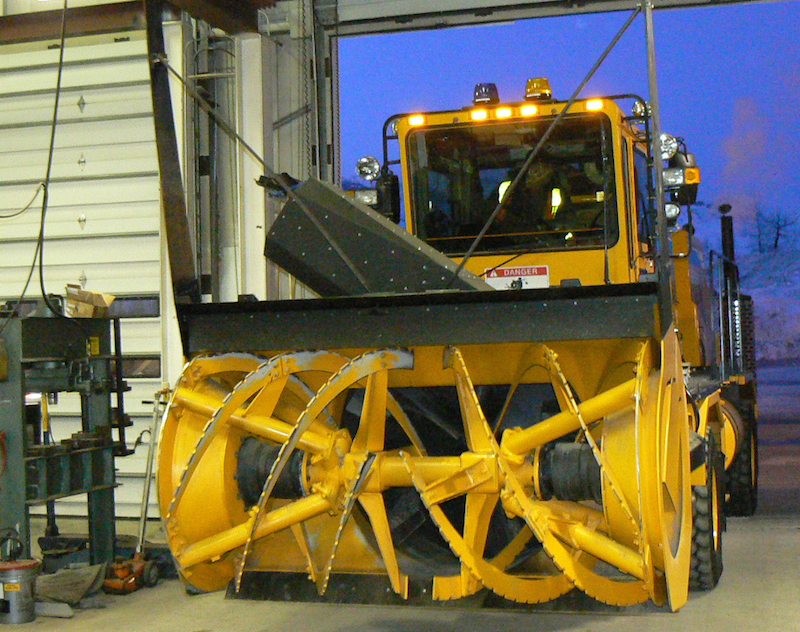
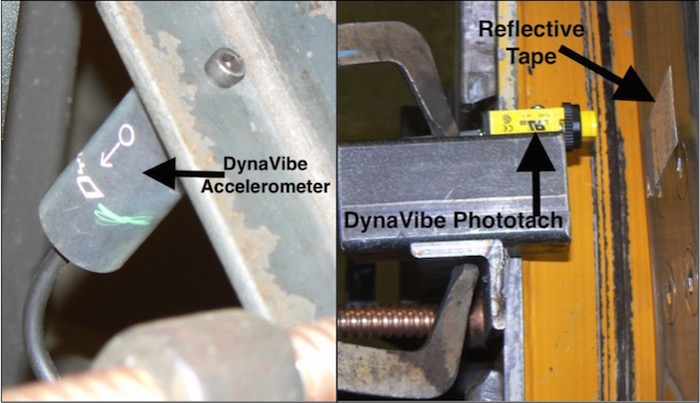
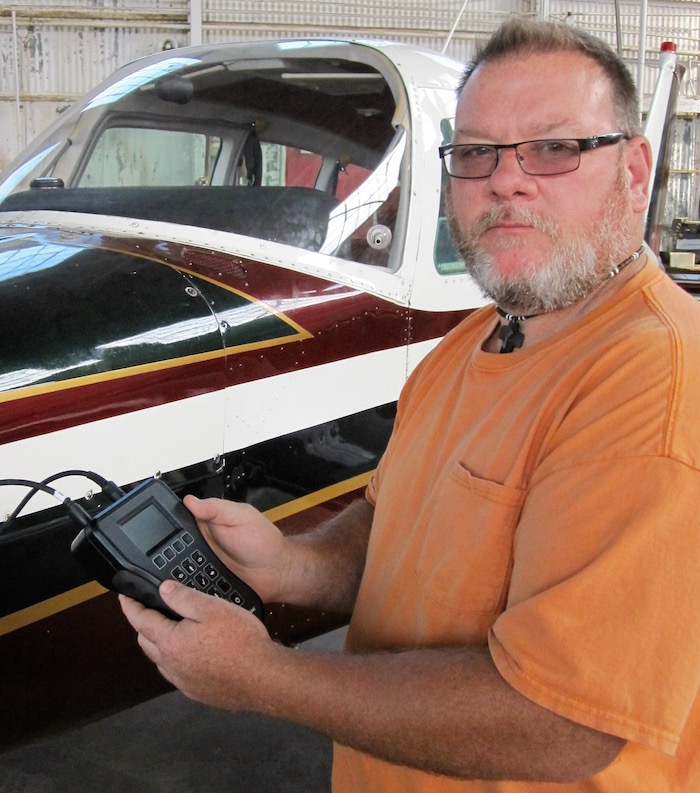
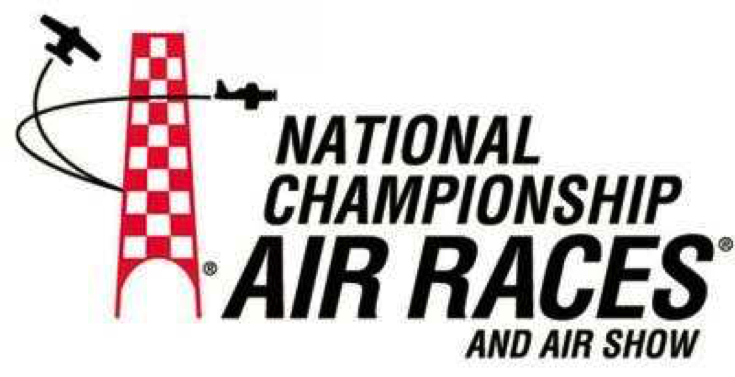
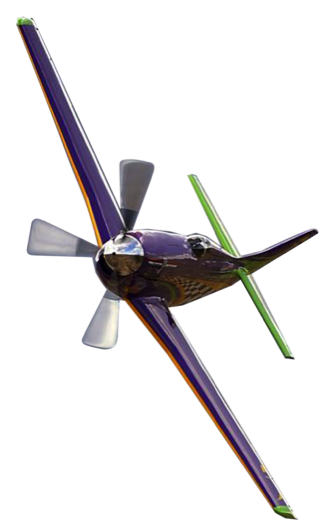
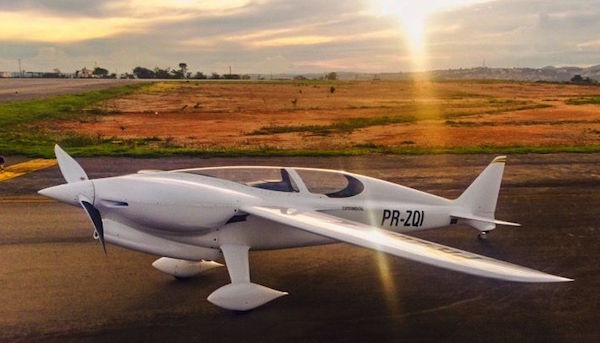
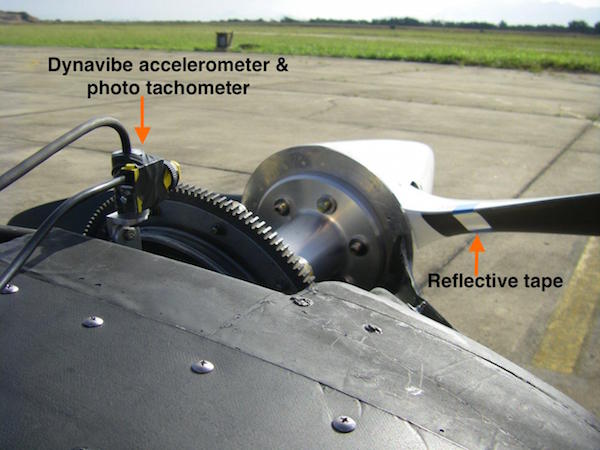
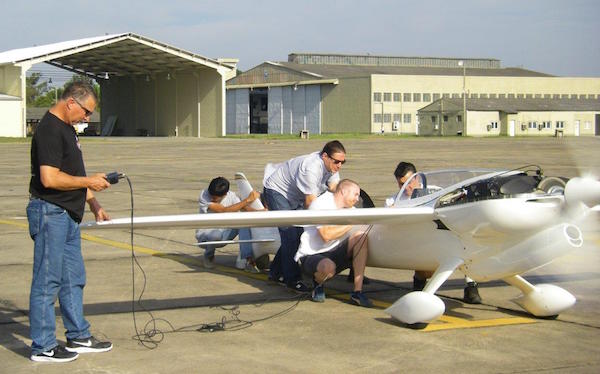
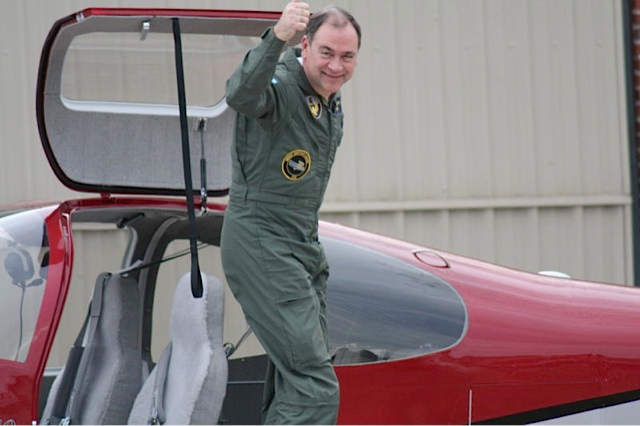
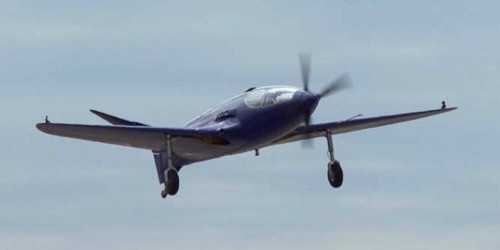
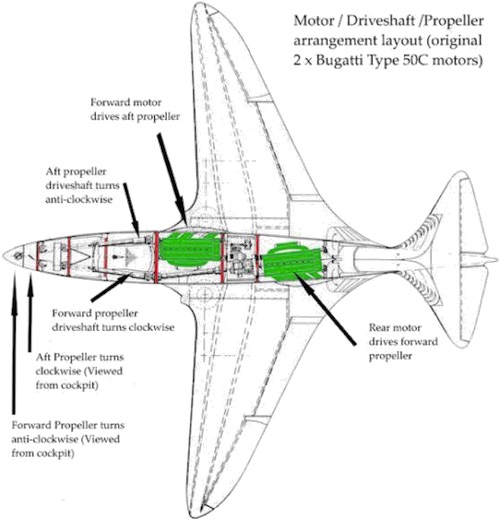
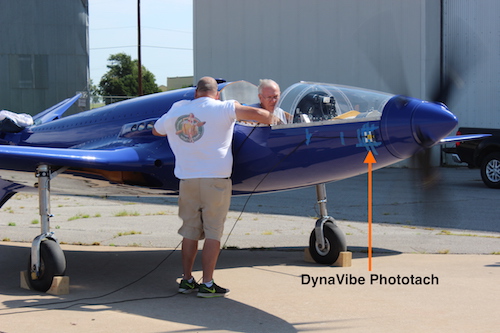
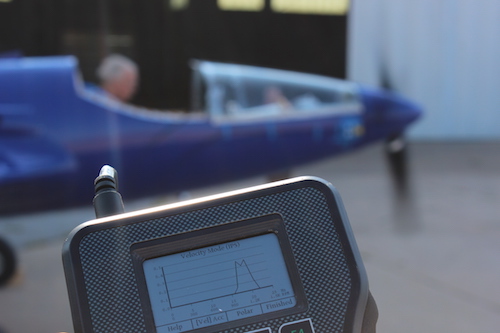
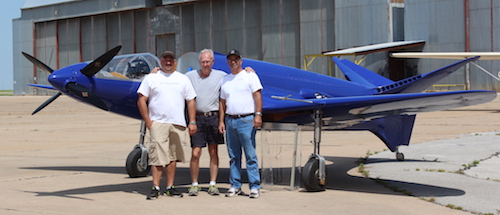
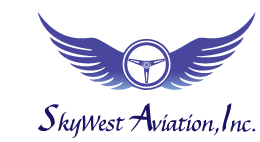
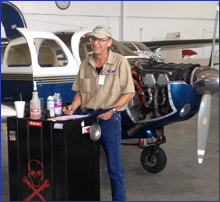
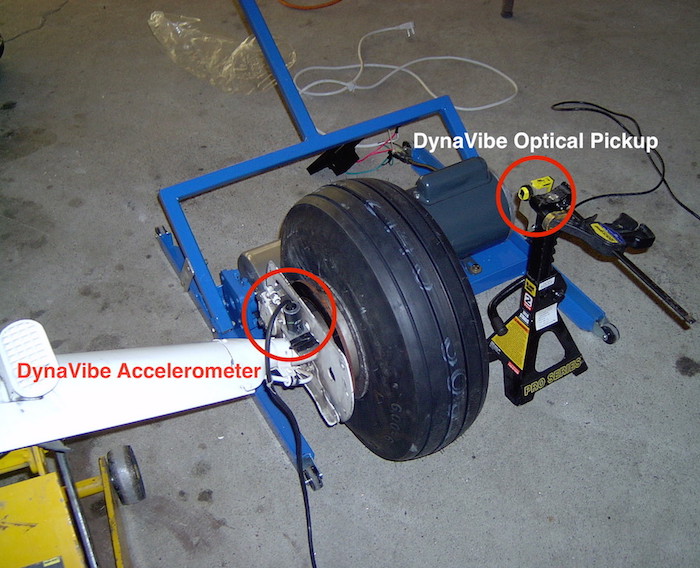
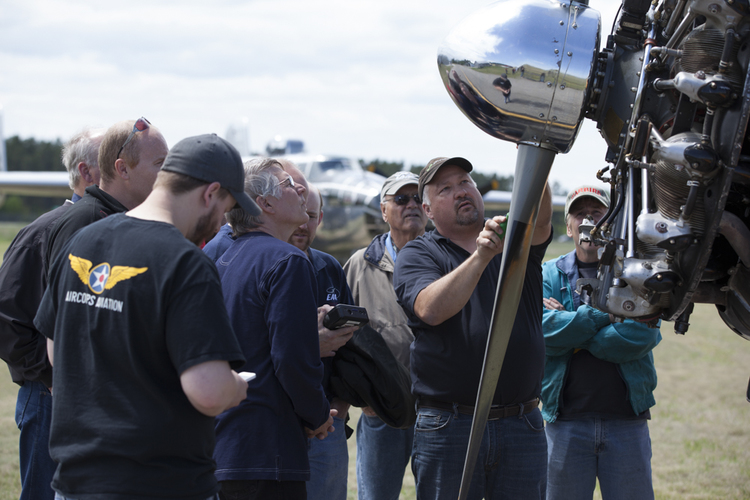
 RSS Feed
RSS Feed


